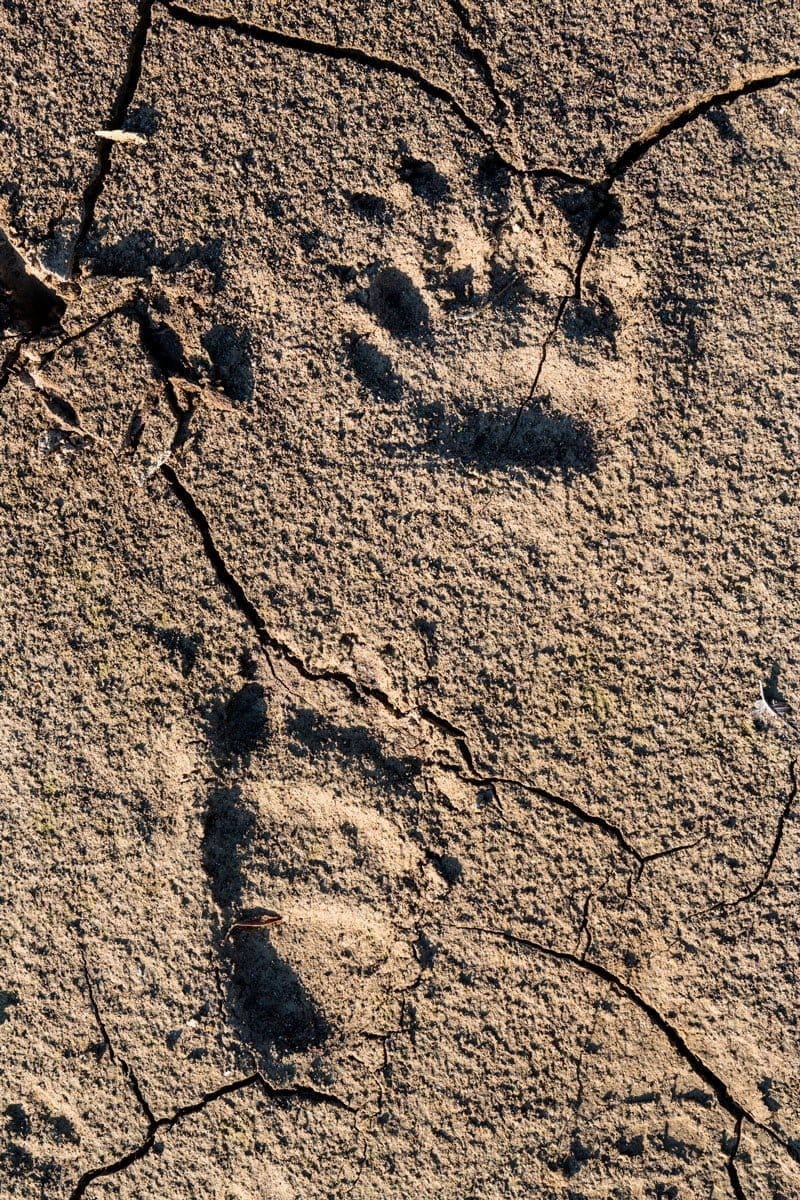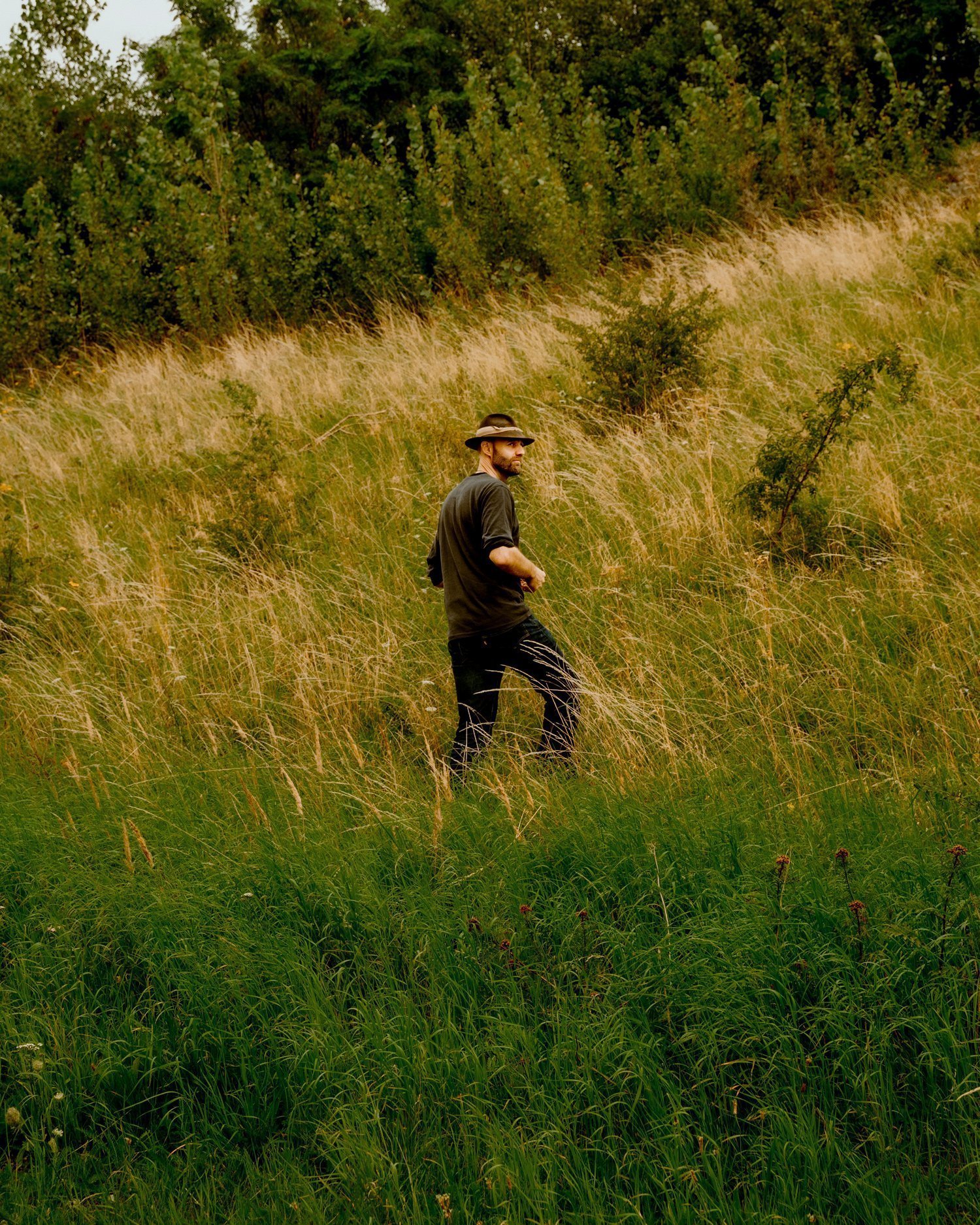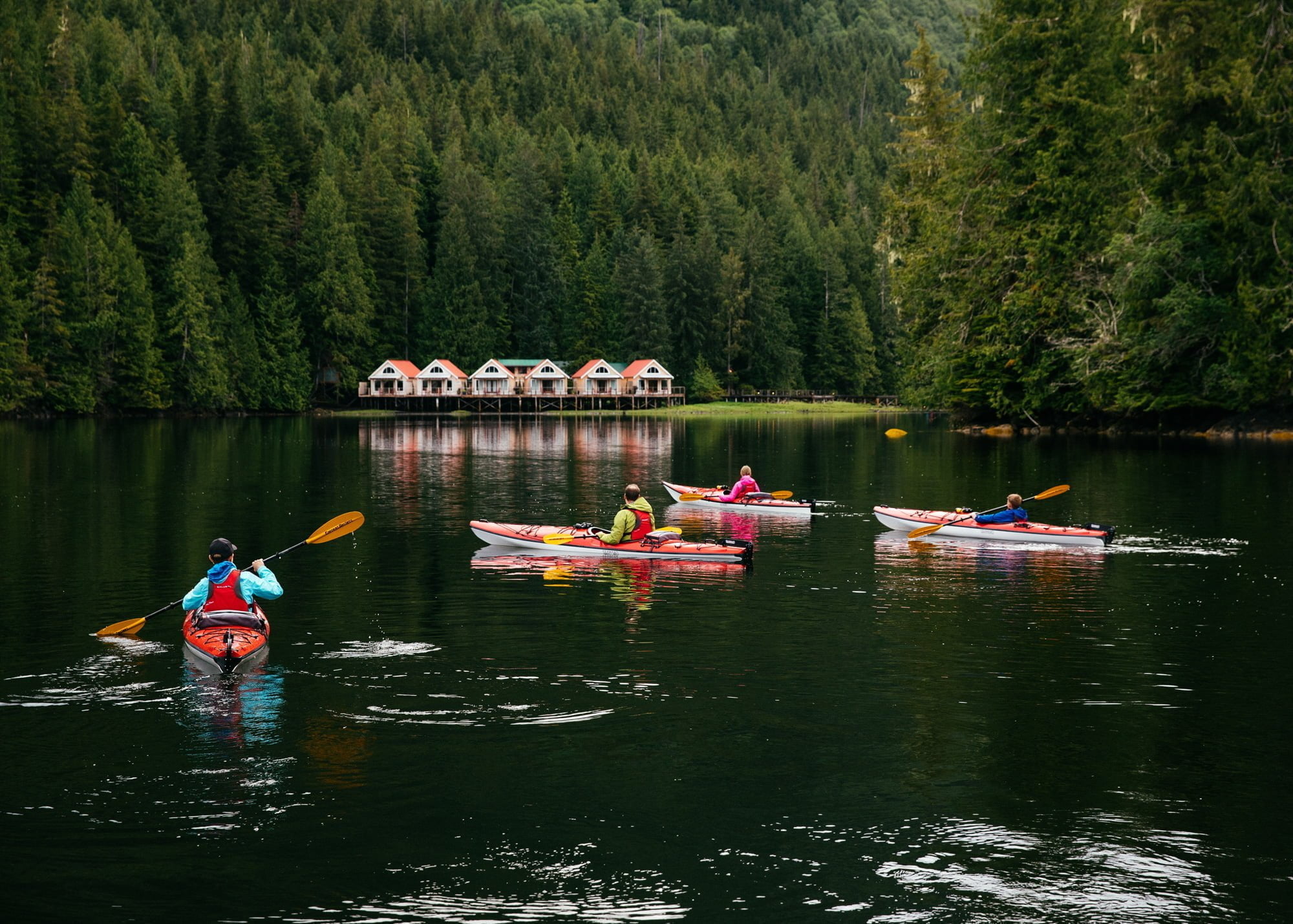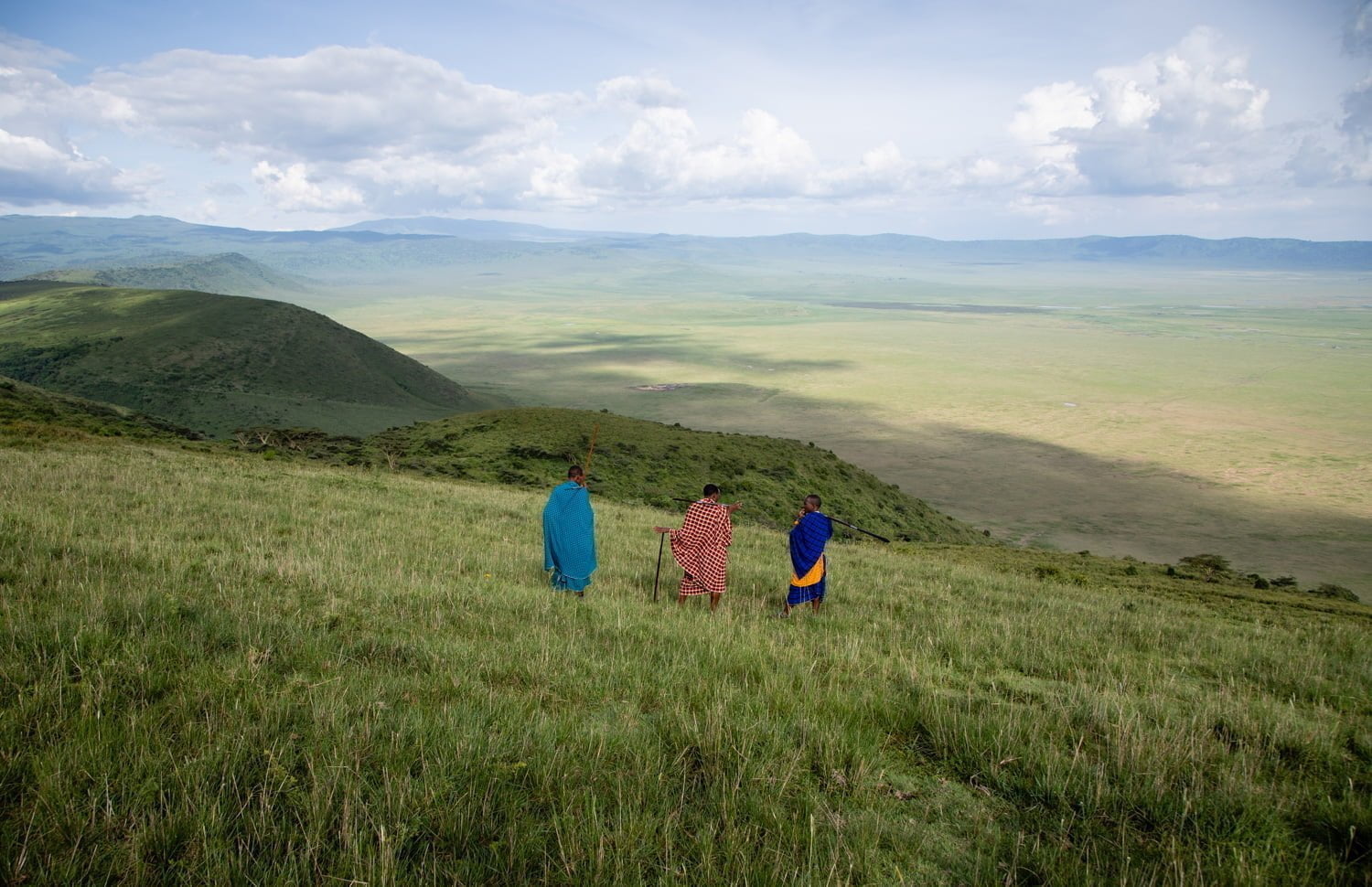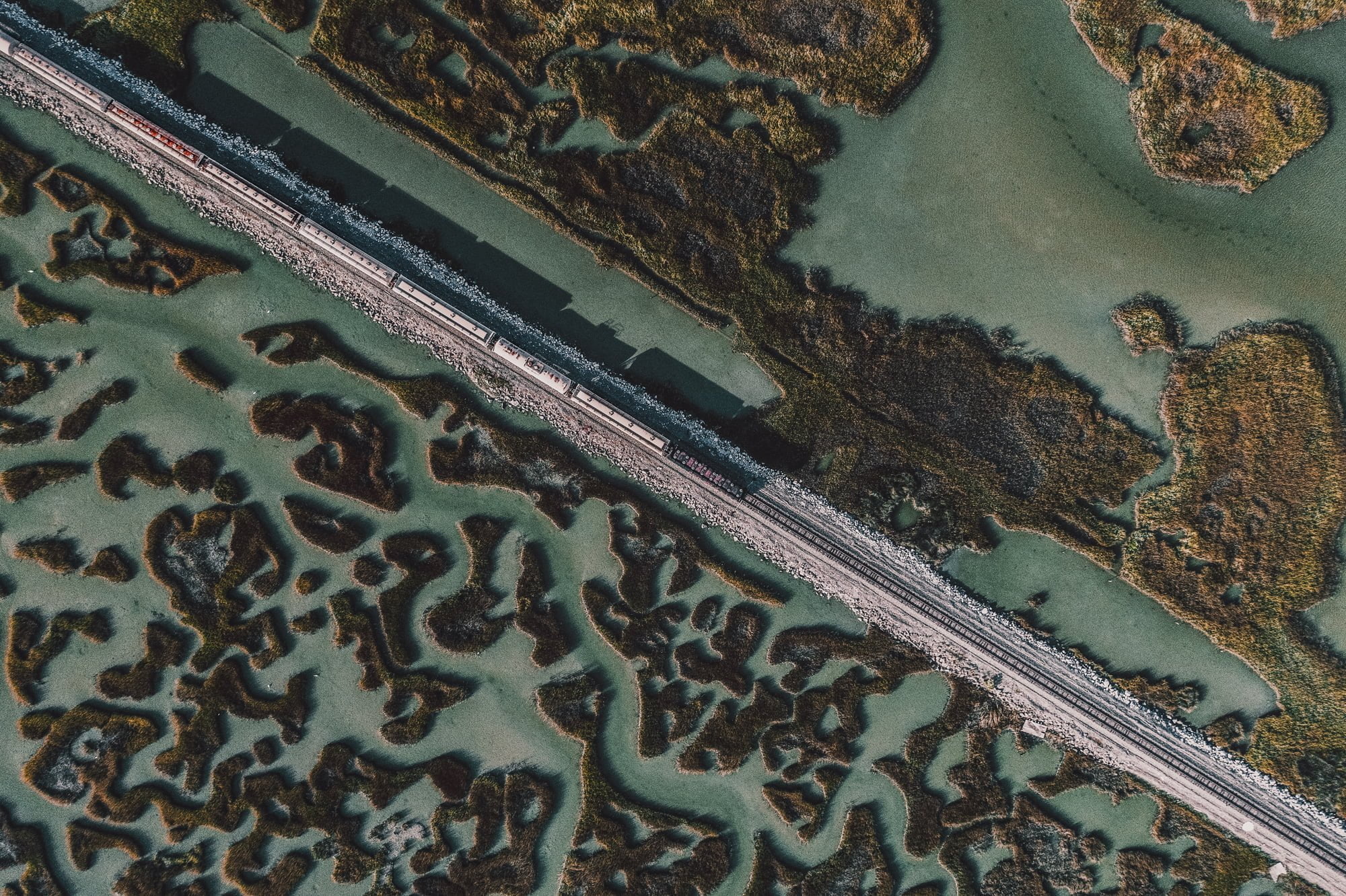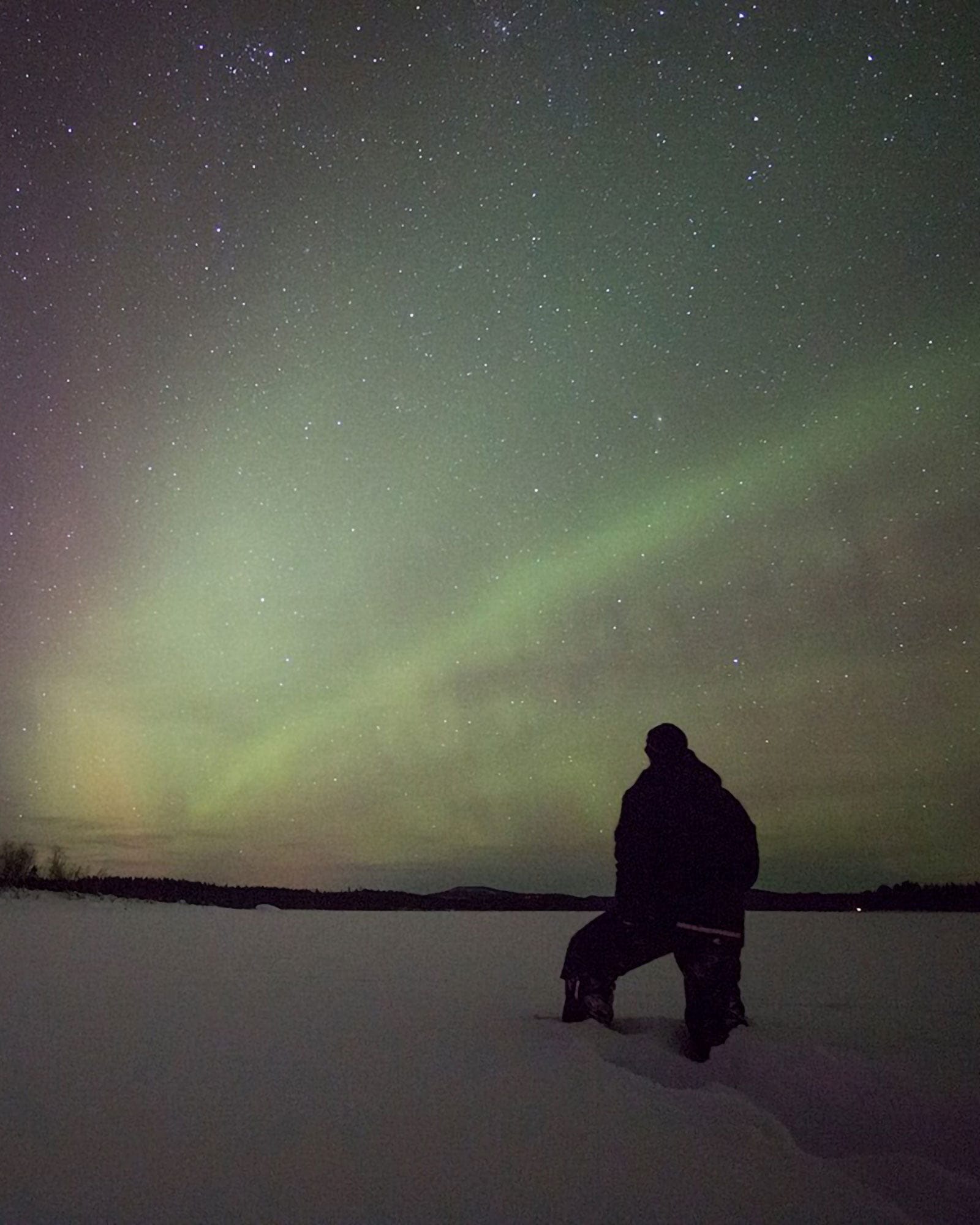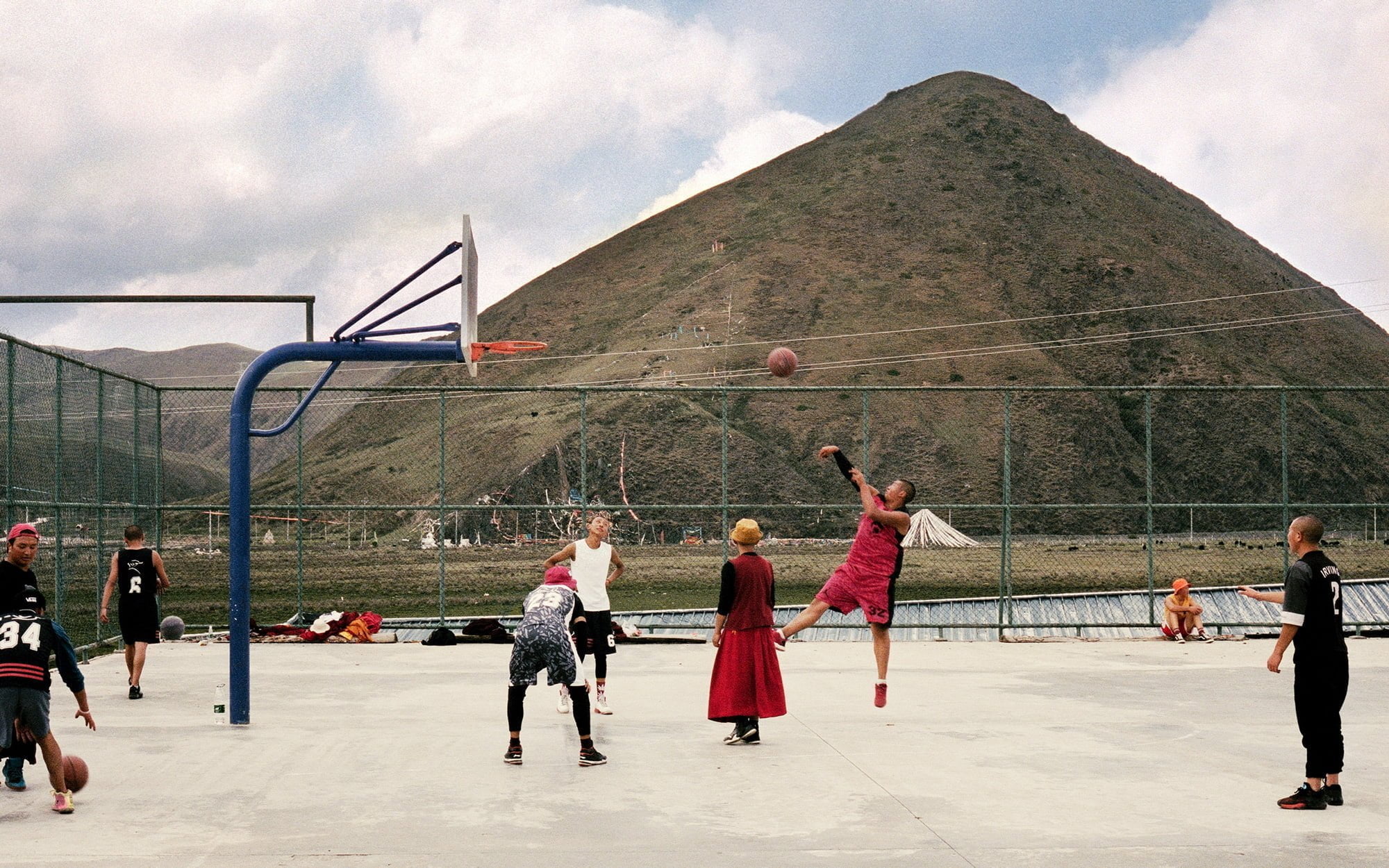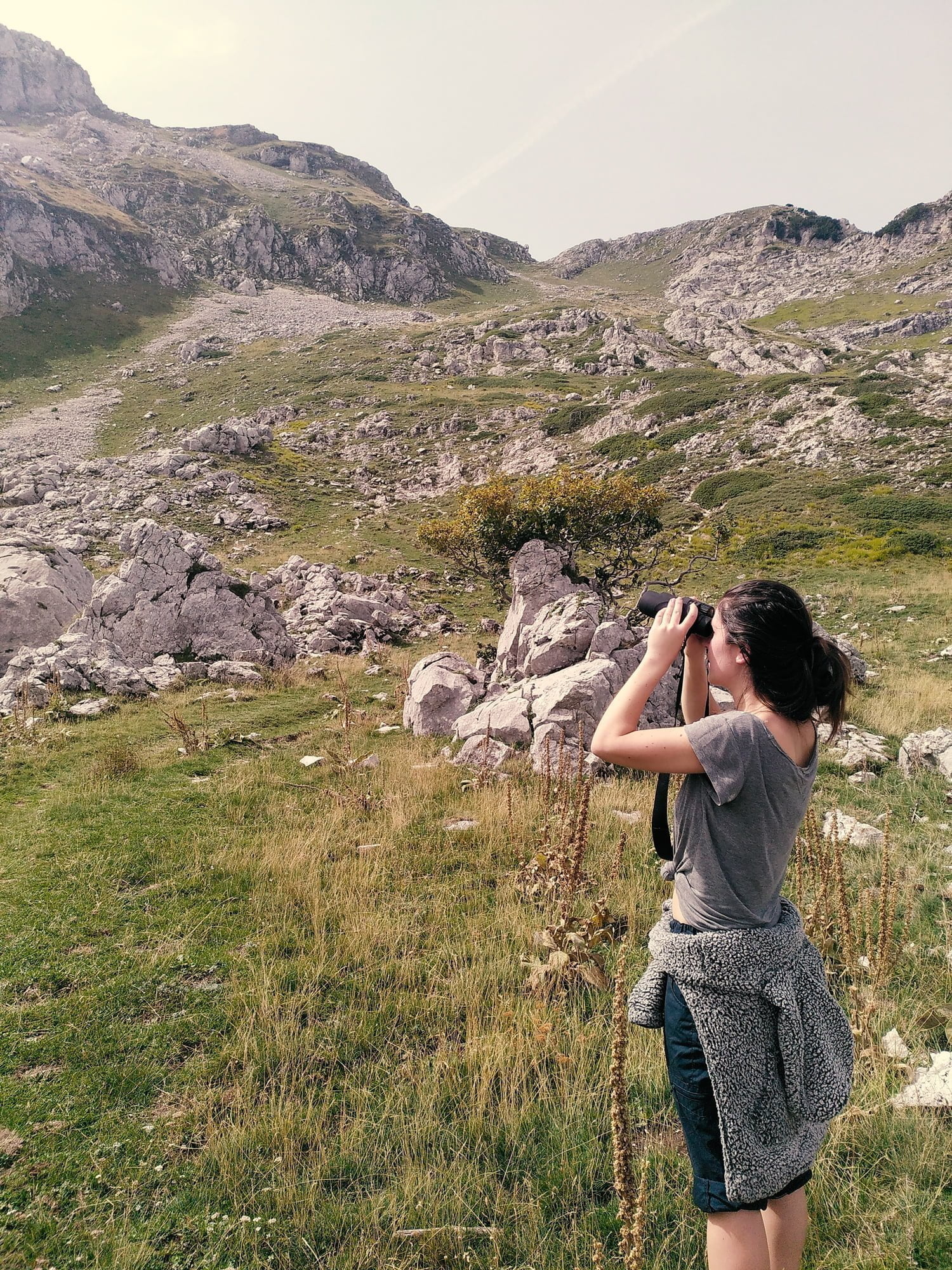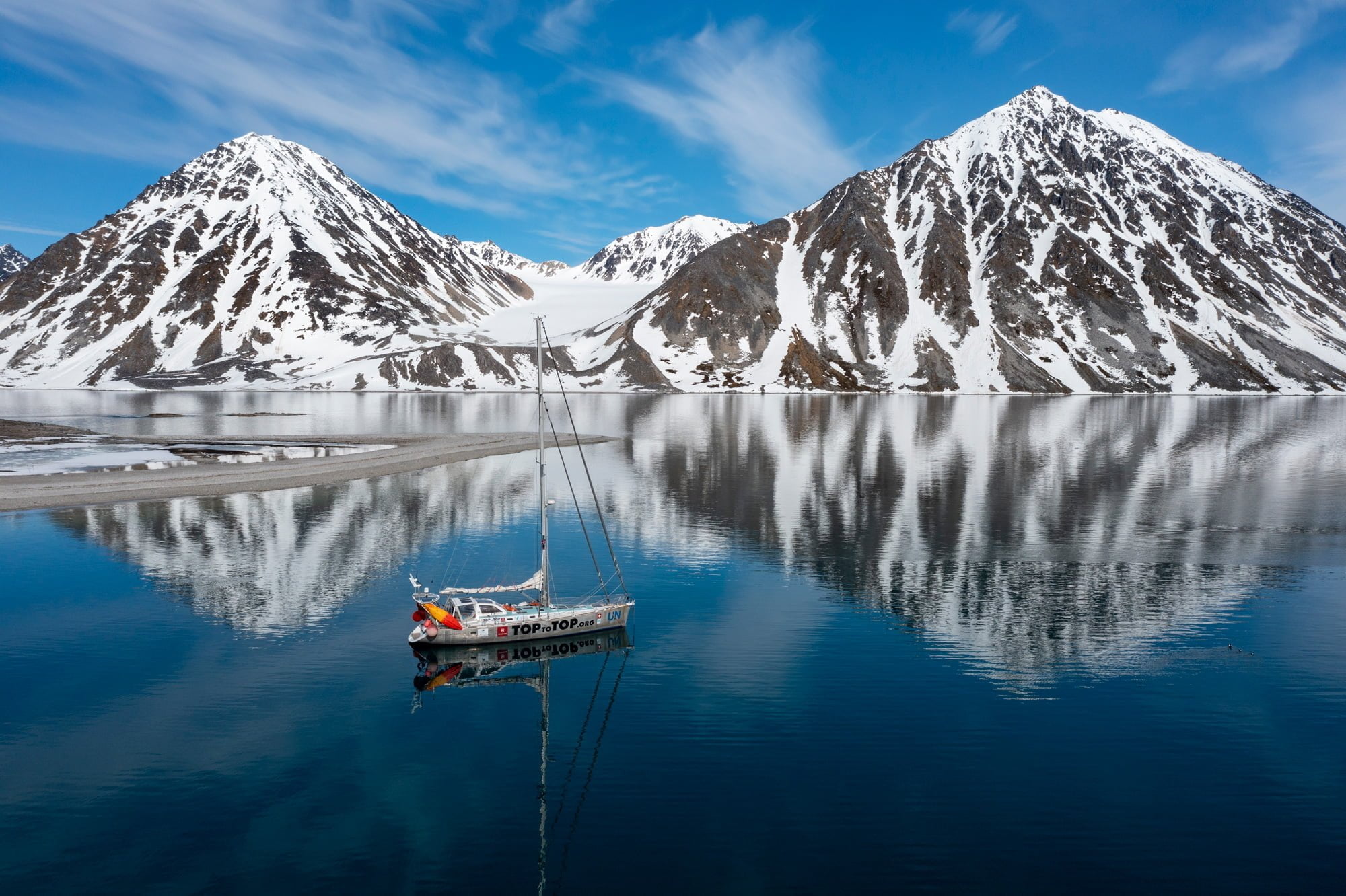When Thor Pedersen set off on October 10, 2013, he knew he was going on a trip like no other. But he still didn’t quite grasp the scale of the challenge he had taken on.
Thor Pedersen is a man of many stories. Sitting in a café in his home city of Copenhagen, a map sticking out of the rucksack beside him, his eyes shine with excitement as he starts recounting his adventures. There’s the beaches and forests of North Korea. The time the sun was setting and he was sat on top of a truck driving across the beautiful Congo countryside and everyone started singing in unison. Meeting the locals and visiting every single island of Tuvalu. The cockroaches that came out at night and covered everything, including his toothbrush. The time 80 people sat around his laptop in the Solomon Islands, watching The Thin Red Line. That time he was held up at gunpoint…
These aren’t your typical traveller’s tales: they are stories of a man who has made history and achieved a world first: Pedersen travelled to every country in the world without flying, in a single unbroken journey that has lasted just shy of ten years.
“I could never have imagined how hard it would be”
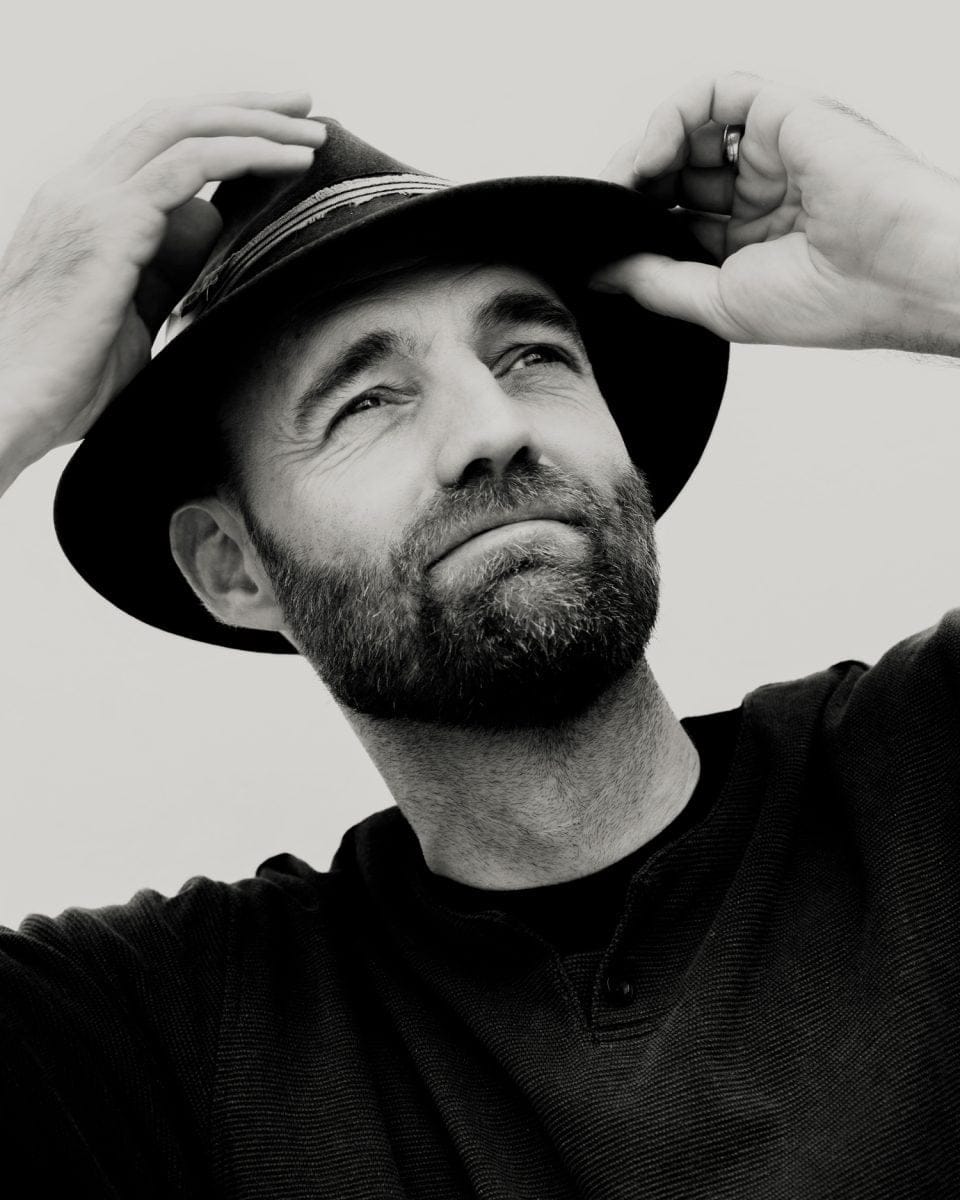
The trip started as a kind of mathematical calculation: if there are roughly 200 countries in the world, he thought, and you stay maybe a week in each, give or take time for fun, visa delays and bad weather, it felt like a feasible proposition.
“I thought it would take four years,” he said. “And then I honestly thought, because I’m pretty good at logistics, maybe three and a half.”
When the journey got hard, Pedersen toughed it out, inspired in part by the stories of adventurers he loved growing up, from Indiana Jones to Robinson Crusoe. They would never have given up, he figured. Even when the trip took far longer than he expected and it seemed all but impossible to complete it, he kept going.
“There were times when I was in mental pain and physical pain, and the world did not care about what I was doing,” he said. “but I had something to prove”.
He set himself an extra pair of challenges along the way: to stay for at least 24 hours in each place – merely stepping over the border wouldn’t be enough – and to document the journey on social media as he went, showing something positive of each country he visited. At no point would he be able to fly home – the journey had to be unbroken. Along the way, he’s also became the first goodwill ambassador for the Danish Red Cross, to promote the charity and raise funds and awareness for them around the world. The overall achievement has been memorialised in a film called The Impossible Journey, due to be released in 2024.
“I’ve done the distance to the moon,” he says, “which is over 384,400km, and I’ve been around the earth 9.5 times. But the bad stuff is what sticks in my head: the fear, being held up at gunpoint, finding dead bodies on a Mediterranean beach and thinking I would be the next one.”
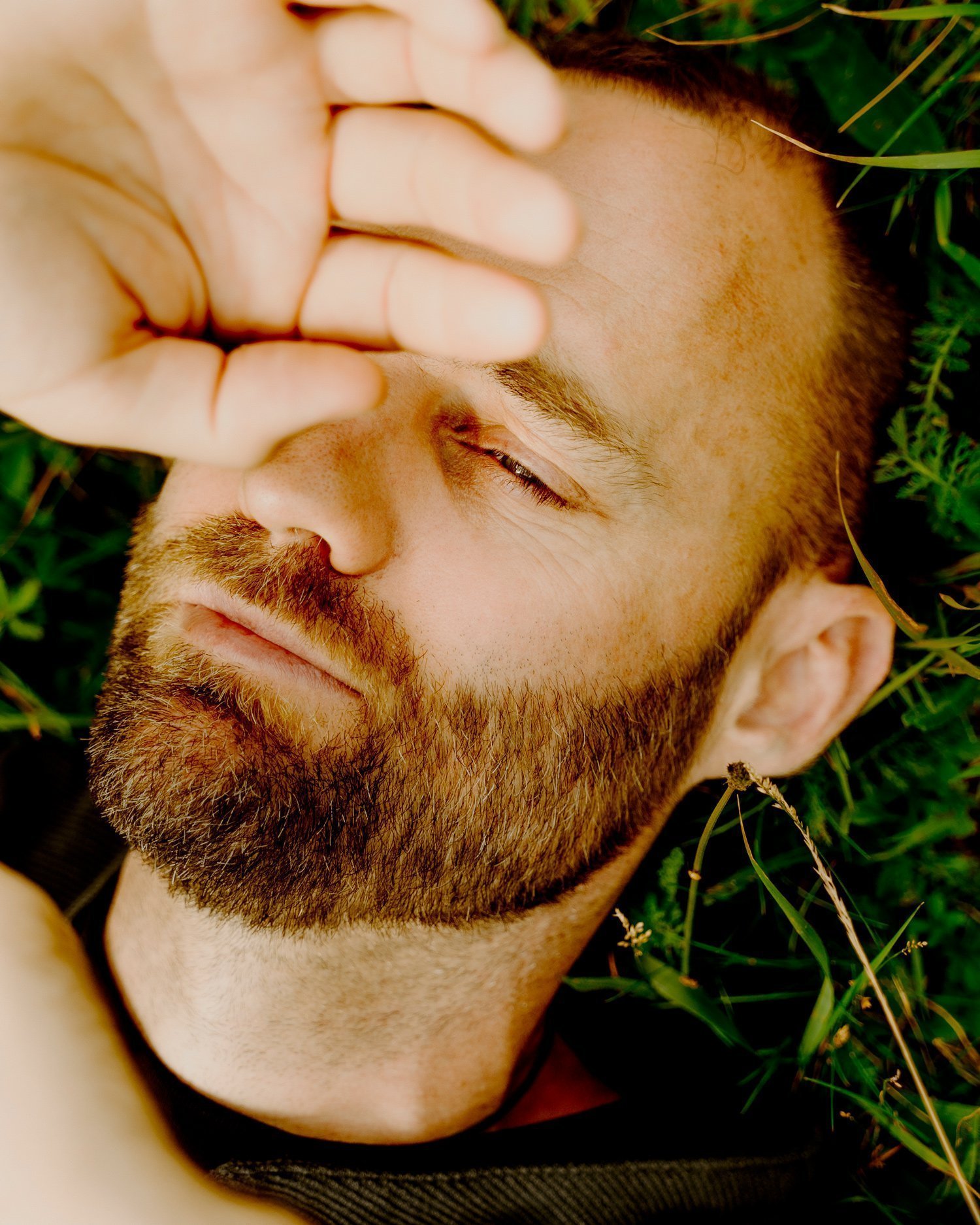
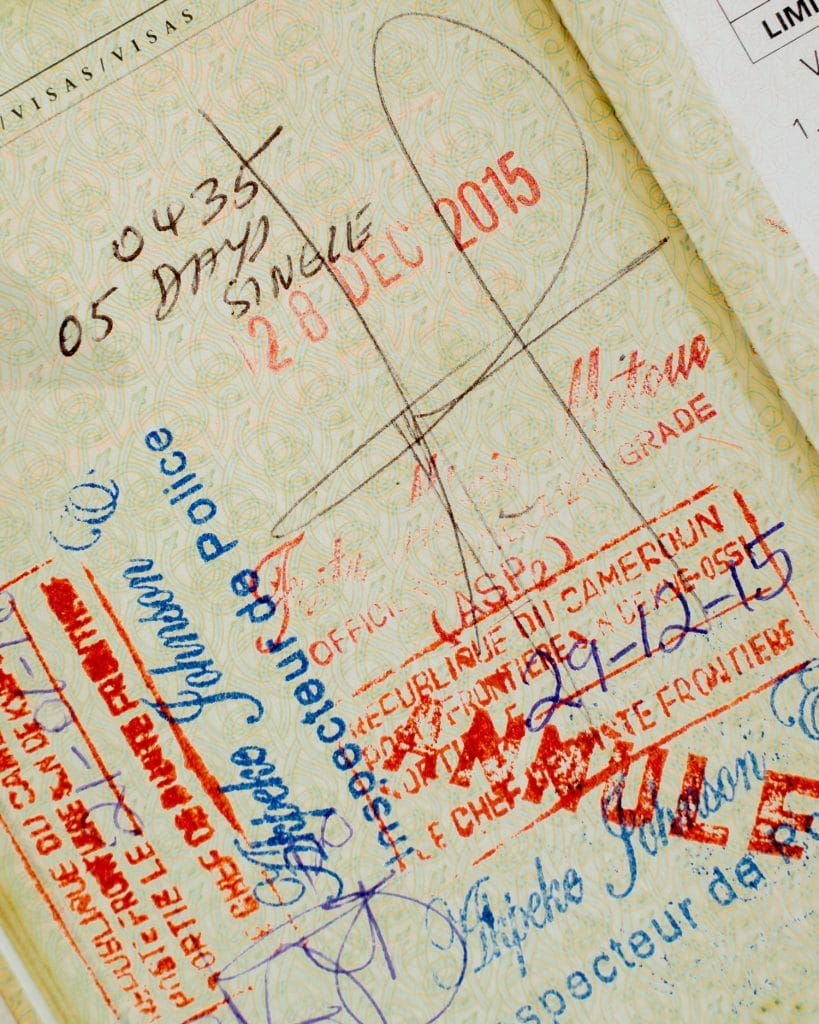
Starting in Denmark, he traversed Western Europe, then took a route to North America via Greenland. He’s been to Afghanistan, Syria and North Korea, travelling by bike, bus, train and cargo boat, as well as ‘soul seller’ boats without safety equipment where, as he puts it, if the ship goes down, “you tread water until you get tired and you drown.” Pedersen is still in touch with many of the people he travelled with, which is how he knows that three of the boats he sailed in are now at the bottom of the ocean.
It was a challenge that required grit to complete: “There are three things that you need to do something like this,” he said. “One is social intelligence. Then you need to be stubborn, to a degree that when you don’t want to do it anymore, you keep doing it.
Flight-free facts
- He didn’t eat any McDonald’s
- He didn’t pay any bribes
- For most of the trip, he had no insurance. Insurers said he could only arrange coverage from his home country. Not an option
- One item in his luggage went unused: his compass
“You also need to be a problem solver, for when they say that there’s no way you can go to this country, you can’t get the visa, you can’t get on a boat, you can’t cross that border. You need to work your way around that. So imagine if you’re not likable, if you don’t have any form of social intelligence, and you’re not stubborn… you’re just not going to get there.
“I’d also add a fourth: adaptability. If you can adapt to your situation, if you can adapt to your environment, no matter if it’s hot and humid or if it’s cold, or if it’s a lot of people, few people, whatever it is, if you can adapt and feel comfortable in pretty much every environment that you find yourself in, that is also helpful.”
His experience as a logistics consultant and a former soldier certainly helped, but nothing could prepare him for a global pandemic. Covid stranded him in Hong Kong for two years, where he was forced to find a job and wait until he could travel again.
“Hong Kong became a home for me,” he said. “I had neighborhoods and cafes and I felt really passionate about the hiking and the mountains and the nature.”
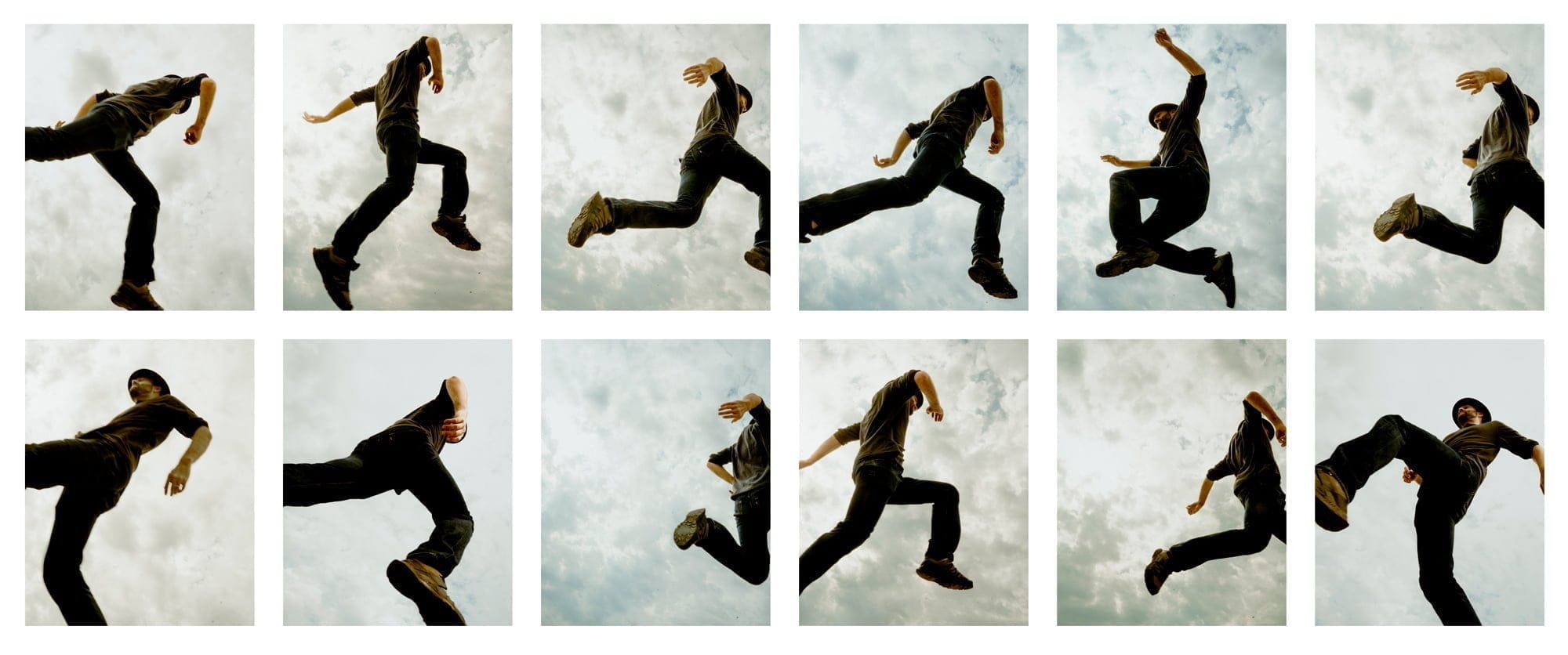
Living on around $20 per day, thanks to savings, sponsors and Patreon donations, and travelling alone (with only semi-regular visits from his girlfriend, who became his wife during the trip) took a toll over the years. But the experience has given him a unique perspective on the world.
“Pretty much anyone you talk to will have a limit where they will travel,” he said. “They think that the world is mostly fine, but there are some dangerous countries that they wouldn’t visit. But the world is far more normal and accommodating and friendly than people think. Far more than 99% of people are just trying to get by. They go to school, they go to work, they are in the fields, they listen to music, they update social media, they take selfies, they get stuck in traffic, they like a good barbecue. I feel pretty good about the world.”
On July 26, 2023, Pedersen stepped off a Mærsk cargo ship and on to the docks of Aarhus, Denmark – home after 10 years. He’s now taking the time to reflect on an astonishing adventure and the new paths ahead.
“My wife and I hope to start a family,” he said. “I’m also writing a book and will share some of the best stories and learnings and keep people entertained in it and via speaking engagements.”
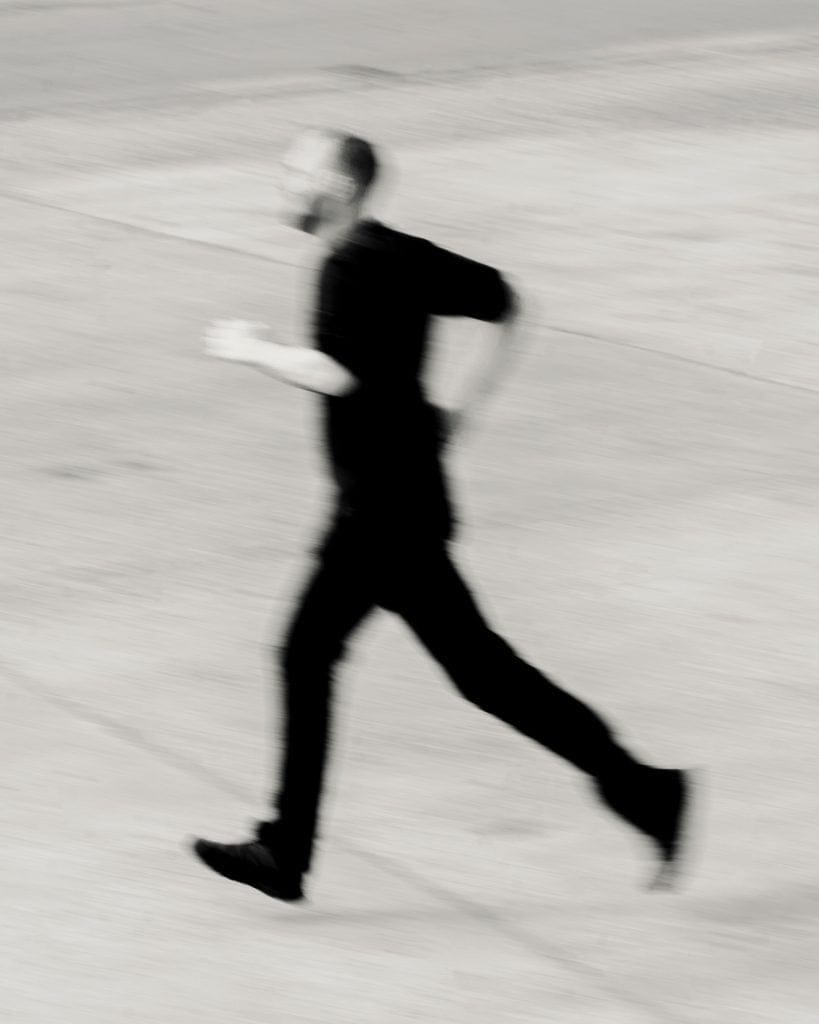

As for return trips to some of the countries he has visited, he has a few ideas.
“For some places, I felt that I cheated myself from really experiencing them because I had to spend so much time in embassies. I barely saw Mongolia and I’m really curious about it. I’d also love to go back to Hong Kong to see my friends.”
His experiences also tell him that flightless travel is hard to do, and it is only going to get more difficult as time goes on.
“The world is heading in a direction where planes are becoming more vital,” he said. “The question is, what are we going to do about it? Carbon-neutral flights are being trialled so we know it’s possible, but they aren’t going to be mainstream for a long time. But you could live a full life just travelling around your own continent. In Europe, that’s easily done with buses and trains or even with a bicycle.”
He shakes his head when I ask if he’d do it again. “No. No. I wouldn’t put my life at risk like that. It’s too much pain.”
But then he softens. “There’s a paradox: I am who I am today because it shaped me. I don’t want to be without what I learned along the way.”
3 tips for no-fly travel
Take the train
Seat61.com is a stellar website to use to discover global routes you can take via train, with connections and timings included.
Saddle up
Discover touring itineraries and more on Bikepacking.com, a website devoted to long-distance travel by bike around the world.
Hit the road
BustoLondon.in is a newly-launched multi-country bus tour, taking in 22 countries from Istanbul to London, launched by Adventures Overland, who also offer self-drive adventure itineraries around the world.



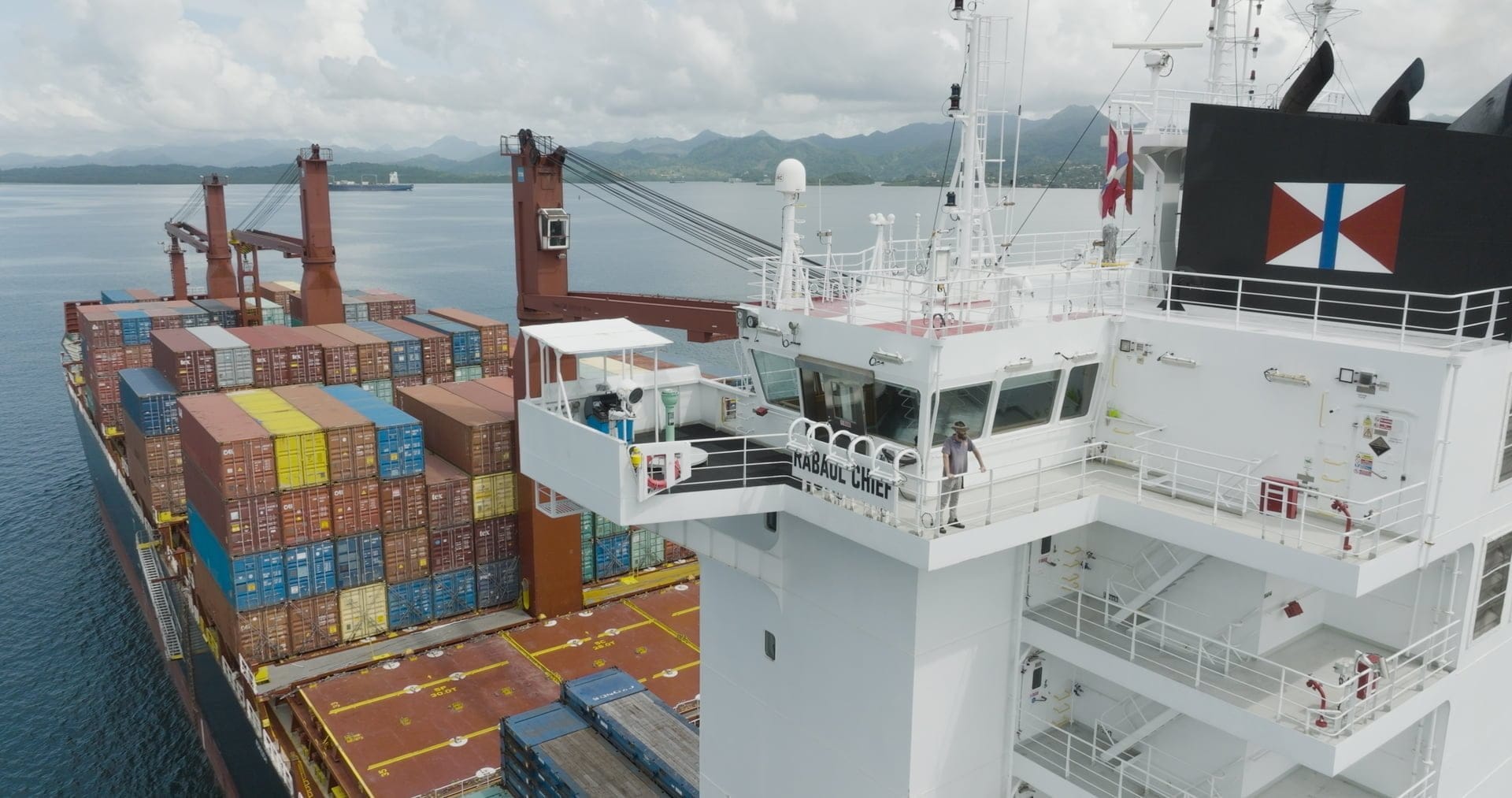

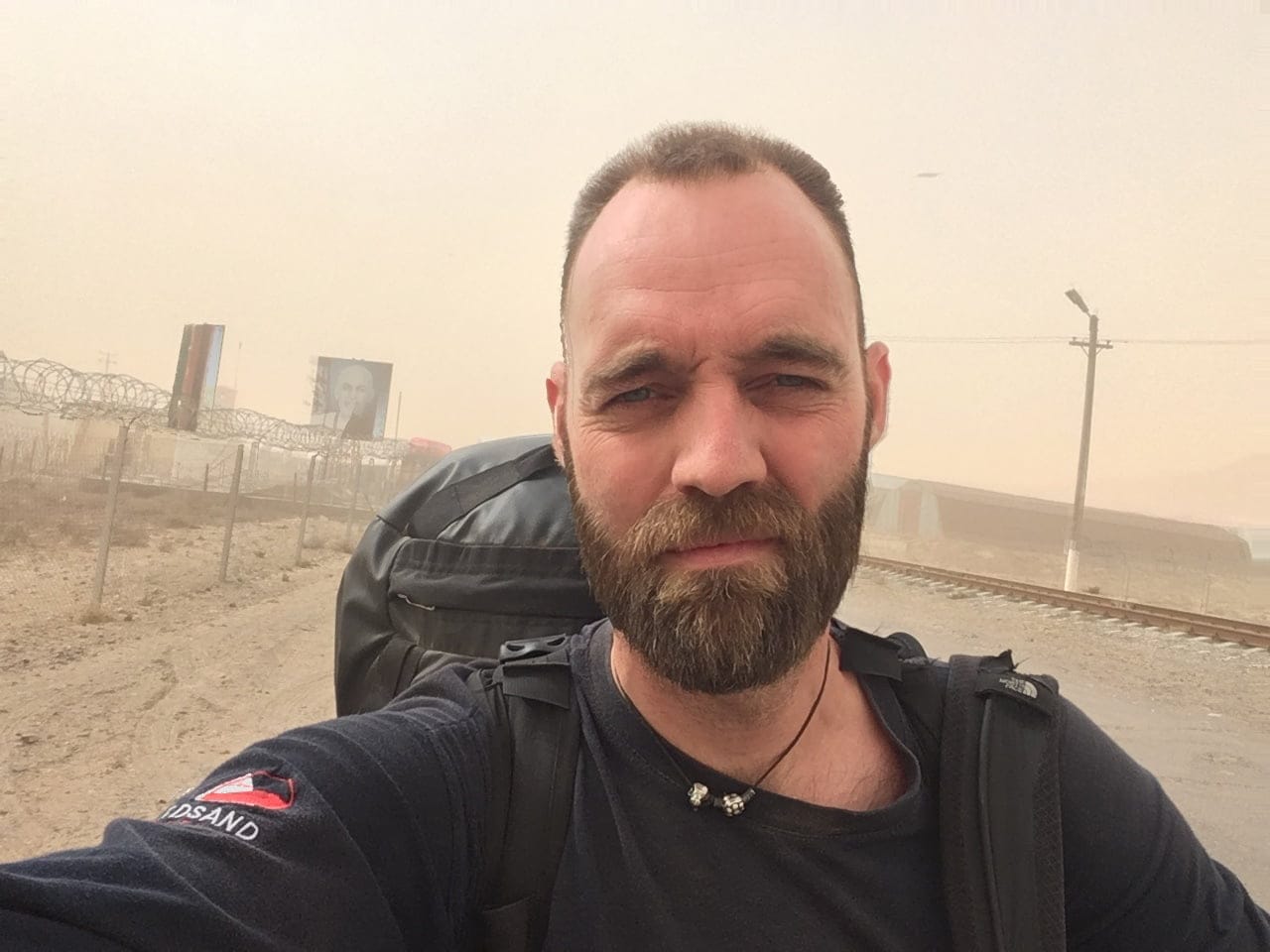








GREENER TRAVEL
